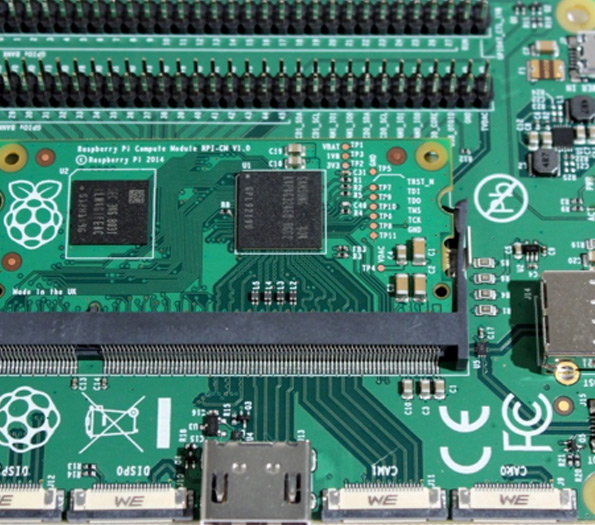

Tempered Glass An Essential Component in Modern Architecture and Design
Tempered glass has become a fundamental element in various architectural applications and design, revolutionizing the way we perceive and utilize glass in our daily environments. Known for its strength and safety, tempered glass is manufactured through a processes of extreme heating and rapid cooling, which makes it significantly tougher than regular glass. This article explores the characteristics, benefits, applications, and future trends related to tempered glass.
Characteristics of Tempered Glass
Tempered glass is subjected to a series of processes that enhance its physical properties. Initially, the glass is heated to over 600 degrees Celsius, followed by a swift cooling period. This thermal tempering results in compressive stresses on the surface of the glass, giving it remarkable tensile strength. As a result, tempered glass can endure high impact forces and is less prone to breaking compared to untreated glass. In the event that it does break, tempered glass shatters into small, blunt pieces rather than sharp shards, significantly reducing the risk of injury.
Benefits of Using Tempered Glass
The benefits of tempered glass are numerous. Firstly, its strength makes it an ideal choice for safety-critical applications. For instance, in buildings, tempered glass is often used for facades, shower doors, and railings, offering an additional layer of protection to both inhabitants and the structure itself. Additionally, the thermal resistance of tempered glass helps prevent glass breakage due to temperature fluctuations, making it effective for use in both interiors and exteriors. Furthermore, tempered glass is highly customizable; it can be tinted, frosted, or etched to achieve specific aesthetic goals, allowing architects and designers to unleash their creativity while ensuring safety.

Applications of Tempered Glass
The versatility of tempered glass allows it to be employed across a wide range of sectors. In residential buildings, it is commonly found in windows, glass doors, and balustrades, providing an elegant appearance without compromising safety. Commercial buildings leverage tempered glass for storefronts and office partitions, enhancing visibility while maintaining structural integrity. In the automotive industry, tempered glass is used for side windows and sunroofs, benefiting from its impact resistance and ability to withstand pressure changes. Additionally, tempered glass is increasingly utilized in furniture design, including glass tables and shelving units, adding a modern touch to interior spaces.
Future Trends in Tempered Glass
Looking ahead, the future of tempered glass appears promising. Innovations in glass production techniques are leading to even stronger and more energy-efficient products. The emergence of smart glass, which allows for control over transparency and energy efficiency, is set to revolutionize the market. This technology could have profound implications for the building industry, allowing structures to adapt to changing light conditions, reducing the need for artificial lighting and contributing to energy conservation efforts.
Furthermore, sustainable practices are gaining traction in the production of tempered glass. Manufacturers are increasingly focusing on eco-friendly processes and materials, responding to the global demand for greener building solutions. As the trend towards sustainability continues to grow, tempered glass is likely to evolve further, becoming an essential component of energy-efficient architecture.
In conclusion, tempered glass stands as a testament to the marriage of safety, functionality, and aesthetic appeal in modern design and architecture. Its unique characteristics make it an indispensable material in a multitude of applications, and as technology advances, tempered glass is poised to play an even more significant role in shaping our environments. Whether in residential, commercial, or industrial settings, the impact of tempered glass will undoubtedly continue to expand, enhancing the spaces we inhabit while prioritizing safety and sustainability.